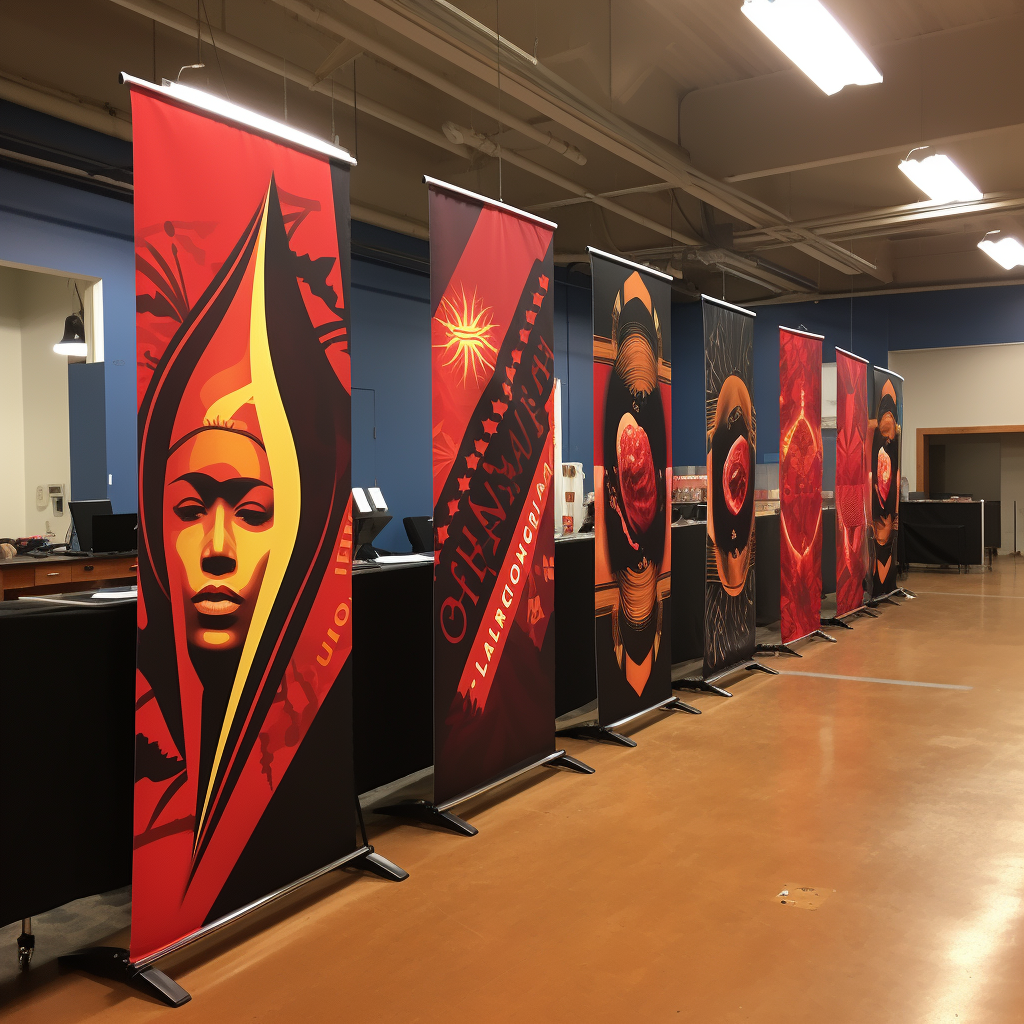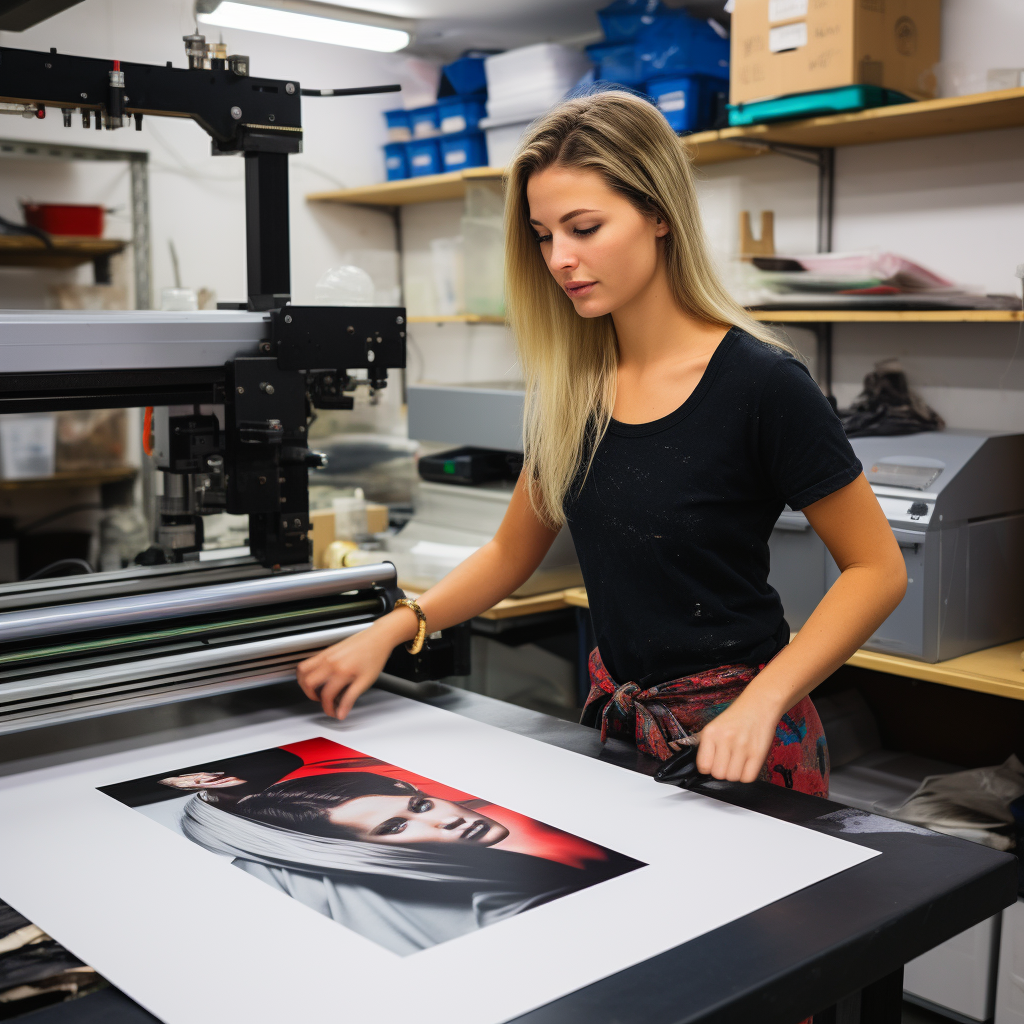
Welcome to the vibrant world of KTV, a phenomenon that has captivated the hearts of millions across the globe. The term KTV stands for Karaoke Television, a form of interactive entertainment where individuals sing along to recorded music using a microphone and public address system. A KTV venue typically offers private rooms, known as karaoke boxes, where friends, family, and colleagues come together to enjoy singing sessions in a cozy and intimate setting.
Originating from Japan, KTV has spread to various parts of Asia and beyond, becoming a staple of nightlife and social gatherings. Its global appeal lies in its ability to bring people together, offering a fun and engaging way to socialize, celebrate, and express oneself through music. Whether you’re a seasoned vocalist or a casual performer, KTV is inclusive, allowing everyone to partake in the joy of singing their favorite hits.
For brands looking to tap into this cultural phenomenon, Zodiac Event Displays provides the perfect opportunity to elevate your event marketing strategies. Our range of dye sublimated fabric displays and promotional signage can transform any KTV experience into an unforgettable brand activation. Send a message to info@zodiacdisplays.com to amplify your event marketing and connect with audiences in a unique and memorable way.
Decoding the Acronym: What Does KTV Stand For?
The acronym KTV may seem cryptic at first glance, but it’s quite straightforward once decoded. Standing for Karaoke Television, KTV combines singing with visual elements to create a dynamic entertainment experience. The ‘K’ is for karaoke, a Japanese word meaning ’empty orchestra’, which signifies the absence of a live band during the performance. The ‘T’ represents television, reflecting the use of screens displaying song lyrics and often accompanying music videos.
Unlike traditional karaoke setups that may be a stage in a bar or a communal singing environment, KTV emphasizes privacy and personal space. Patrons can select their songs from a vast library of music, spanning across different genres and languages, catering to the diverse tastes of its participants. With the lyrics displayed on television screens, singers can easily follow along, making the experience enjoyable regardless of their singing abilities.
The concept of KTV has evolved over time, merging technology and entertainment, creating a social phenomenon that transcends cultural boundaries. It’s not just about the singing; it’s about the shared experience, the laughter, and sometimes even the friendly competition that ensues. KTV venues are designed to cater to this unique form of camaraderie, offering a comfortable and entertaining space for guests to let loose and showcase their vocal talents.
The Cultural Phenomenon of Karaoke Television

Karaoke Television, or KTV, is more than just a pastime; it’s a cultural phenomenon that has taken the world by storm. Originating in Japan in the 1970s, karaoke quickly spread across Asia and eventually gained international fame. KTV venues, which are essentially private karaoke rooms, became a staple of entertainment in many Asian countries, embodying a unique aspect of social culture.
In these settings, friends, family, and even business associates come together to engage in the joyful act of singing. It’s a space where hierarchy and formality are momentarily set aside, allowing individuals to express themselves freely through music. The popularity of KTV has made it an integral part of nightlife in many cities, with venues staying open until the early hours of the morning to accommodate the sheer number of enthusiasts.
The influence of KTV has also sparked a new wave of social interaction. It has become a favorite activity for celebrations, from birthdays to company parties, and even as an icebreaker for team-building events. The immersive experience of KTV, with its state-of-the-art sound systems, extensive song selection, and often luxurious décor, has elevated karaoke from a simple sing-along activity to a sophisticated social event.
As the concept of KTV continues to evolve, it consistently reflects the changing dynamics of entertainment and socialization. It’s a testament to the universal appeal of music and the shared joy of performance, making KTV a beloved tradition that resonates globally.
KTV’s Evolution From East to West

The evolution of Karaoke Television from its Eastern origins to a Western sensation is a story of cultural integration and adaptation. What began as a Japanese invention has transcended boundaries, with KTV establishments now dotting the landscapes of major cities across the globe. This journey from East to West signifies not just the spread of a form of entertainment, but the melding of different entertainment cultures.
In the West, the KTV concept has been embraced with a twist, often merging with local customs and musical preferences. While traditional Asian KTV rooms are known for their intimate and private settings, Western adaptations tend to favor more open and social spaces, combining elements of a karaoke box with a bar or nightclub atmosphere. This has given rise to an entertainment hybrid that caters to the Western audience’s penchant for socializing in larger groups while retaining the core karaoke experience.
Technological advancements have played a pivotal role in KTV’s Western migration. The integration of cutting-edge technology has enabled KTV venues to offer a vast library of songs, spanning various languages and genres, appealing to a diverse clientele. Moreover, social media and the trend of sharing experiences online have fueled the popularity of KTV, with many patrons eager to broadcast their singing escapades to the world.
The Western embrace of KTV highlights the universal language of music and the human desire to share and connect through song. As KTV continues to evolve and blend with Western entertainment values, it stands as a vibrant example of how cultural pastimes can adapt and thrive in new environments.
How KTV Became a Staple in Modern Entertainment

KTV, once a novel concept originating from Japan, has burgeoned into a staple of modern entertainment, captivating audiences worldwide. Its appeal lies in its unique offering of interactive entertainment, which allows participants not just to watch but to become the stars of the show. This level of engagement has proven irresistible and has cemented KTV’s place in the entertainment industry.
The phenomenon of KTV extends beyond the boundaries of traditional karaoke. It encompasses an entire experience—complete with state-of-the-art sound systems, a vast collection of tracks, and private rooms that provide a personalized touch. The all-encompassing nature of KTV allows it to cater to a wide range of occasions, from casual hangouts and family gatherings to corporate events and celebratory parties.
Its incorporation into popular culture is evident in the countless references in movies, television shows, and social media, further propelling its popularity. KTV’s ability to bridge generational gaps also adds to its status as a modern entertainment mainstay. With song selections that span decades and genres, it offers something for everyone, regardless of age or musical taste.
Moreover, KTV venues have become a magnet for social interaction, providing a convivial atmosphere where groups can bond over shared performances. This social aspect, combined with the joy of music-making, has ensured that KTV remains a sought-after activity for those looking to enjoy a unique and memorable entertainment experience.
Choosing the Right KTV System for Your Needs

Choosing the right KTV system is pivotal to enhancing your karaoke experience. Whether for home use or for outfitting a commercial space, the selection process should be guided by various factors such as sound quality, song library, and user interface. High-quality sound systems ensure clarity and depth, while an extensive song library caters to diverse musical preferences. An intuitive user interface simplifies song selection and customization, making the experience enjoyable for all users.
For home entertainment, compact systems that integrate seamlessly with your living space are ideal. These often come with wireless microphones and have connectivity options for various devices. On the other hand, commercial venues should invest in professional-grade systems that can withstand frequent use and offer superior audiovisual effects to elevate the customer experience.
It is also essential to consider the system’s upgradability. As music evolves, so should your KTV system’s capacity to update its song database and features. Additionally, after-sales support is crucial for addressing any technical issues that may arise, ensuring uninterrupted karaoke fun.
At Zodiac Event Displays, we understand the importance of selecting the right equipment for your entertainment needs. Our expertise in event marketing can help guide you in choosing the perfect KTV system that aligns with your objectives. Send a message to info@zodiacdisplays.com to amplify your event marketing and ensure your guests have an unforgettable karaoke experience.









